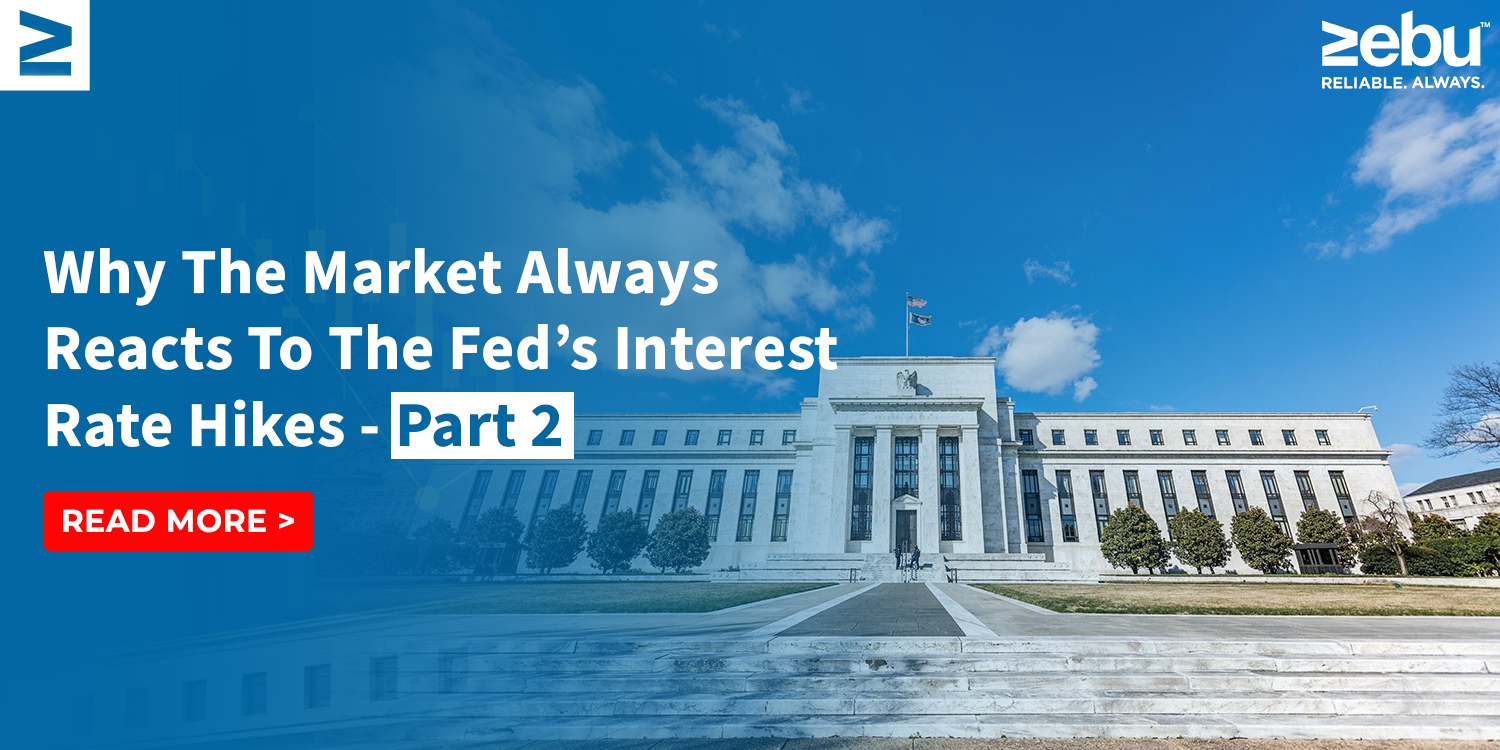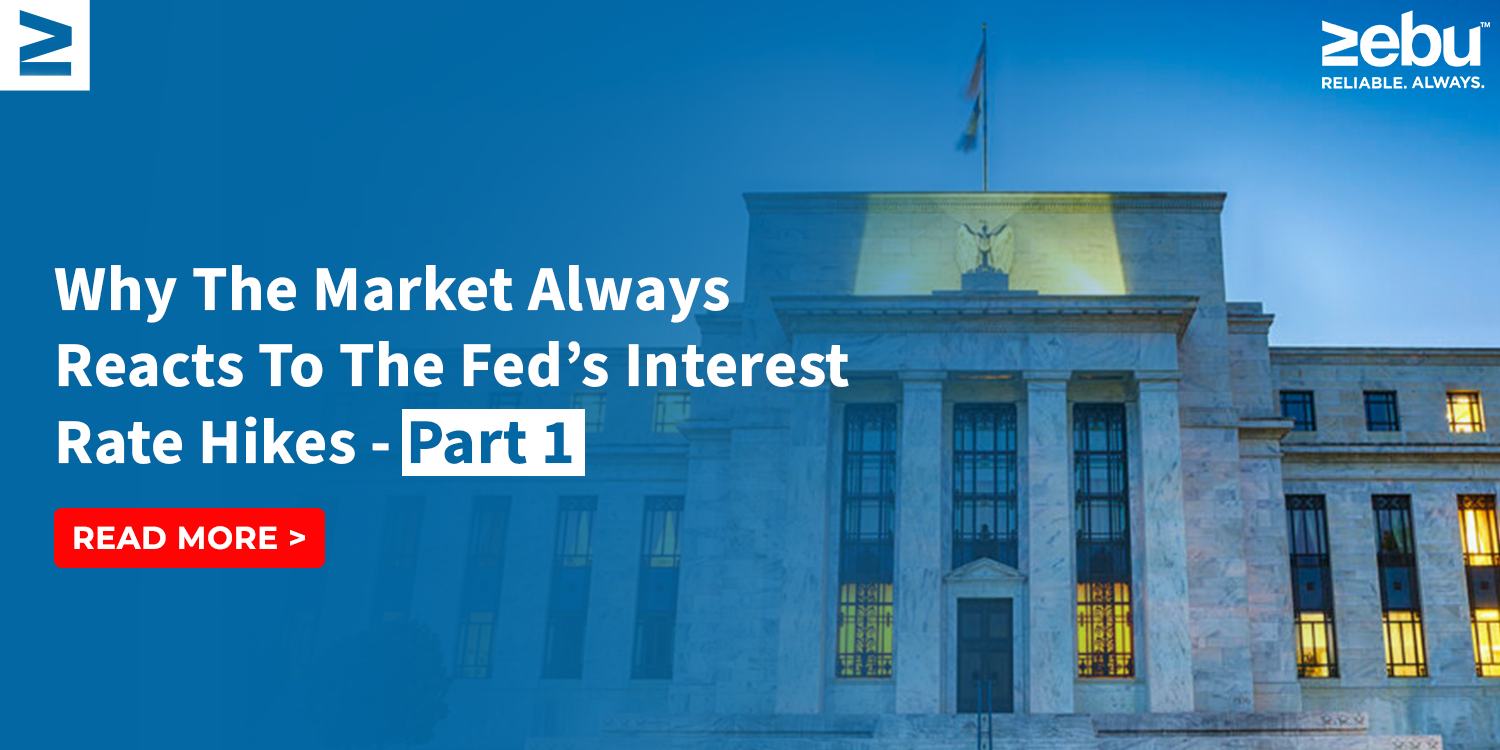
Every morning, the Indian market opens with a mix of data and emotion. It’s not just numbers—it’s expectations shaped by what happened in New York, Singapore, or even in Brent crude futures while we were asleep. For many investors, the time between 8:30 and 9:15 is the noisiest part of the day.
Especially on weeks like this one, where Nifty hovers near record highs, global cues feel shaky, and a couple of heavyweight stocks are due to report earnings. We’ve seen this across Zebu users: a rise in logins before 9 AM, mostly to check SGX Nifty, U.S. closes, and WhatsApp alerts. And while the instinct to “stay ahead” is understandable, it can often lead to stress that’s… unnecessary.
Here’s a better way to look at pre-market signals. Not as warnings, but as reference points—calmly interpreted, with intention.
What’s Actually Moving Before 9:15 This Week?
Let’s look at the headlines that shaped Tuesday’s close:
- Sensex and Nifty were steady above 77,000 and 23,400 respectively
- Banking and power stocks gained, while FMCG paused
- Crude oil prices rose slightly overnight, renewing concern over inflation-sensitive sectors
- SGX Nifty pointed to a flat-to-negative open amid global rate jitters
So what does this mean for your screen on Wednesday morning?
Mostly: not much… unless you overreact to it.
SGX Nifty: Not a Mirror, Just a Mood
SGX Nifty is often the first thing Indian investors check. It gives a sense of where Nifty might open. But it’s not predictive—it’s just reflective of overnight sentiment, traded offshore. Today, if SGX Nifty drops 60 points, and Nifty opens down 30 and recovers quickly, that’s normal. Indian markets often adjust based on local flows and institutional action post-9:30. So glance at SGX, sure. But don’t trade because of it.
US Markets vs. Indian Fundamentals
Dow Jones down 0.5%, Nasdaq slips 80 points. That’s a headline. But is it a reason to exit your Hindustan Unilever position?
Not always. Right now, Indian domestic flows are holding up well. Mutual fund SIPs, retail delivery volume, and resilient demand for PSU stocks have created a buffer. Unless the global drop is tied directly to oil, rates, or currency moves, Indian stocks may react mildly—or not at all.
Zebu users checking U.S. closings on their dashboard should pair that with FII/DII flow summaries. Context > drama.
Company Earnings: The One Pre-Market Cue That Matters
This week, a few large-cap stocks are announcing results. If you hold or plan to buy any of them, pre-market action might be sharp. If the earnings beat estimates, the stock could gap up at open. But will it hold that move? Only if volumes confirm. If results disappoint, a gap down is common. But that doesn’t mean a sell-off is coming. Look at support zones and delivery volumes. Use the chart. Don’t use emotion.
How Pre-Market Tools Help—If You Don’t Let Them Rush You
Zebu’s platform shows:
- Gap-up/gap-down stocks before 9:15
- Volume spikes in early order placement
- Sector buzz based on early interest
But these aren’t meant to trigger immediate trades. They’re there to give you a sense of what the day might look like—not what it has to be.
Set alerts, not alarms.
The Best Traders and Investors Don’t Rush at Open
Some of the most consistent users we observe log in early, yes. But they don’t place orders at 9:01. They:
Observe index futures
Check if their stocks are reacting to news
Watch the first candle post-open
Wait 15 minutes before acting
This routine avoids knee-jerk reactions. It turns pre-market into prep—not panic.
What to Actually Do This Morning
Here’s a checklist for Wednesday:
- Check SGX Nifty — Directional cue, not a guarantee
- Read global close — Only act if the reasons affect your holding
- Look for India-specific data — FII flow, RBI commentary, earnings results
- Check your stock’s pre-market buzz — Gap ups, upgrades, volume
- Ask yourself one thing — Is this part of your plan?
If the answer is no, don’t act. That simple filter could make your week easier.
Final Thought: Pre-Market Is a Lens, Not a Lever
Not every gap needs to be filled. Not every red candle needs to be caught. Not every pre-market dip means a crash is coming. Indian markets have matured. So have Indian investors. At Zebu, we’re designing tools that help you see more, not do more. Because in the 45 minutes before the bell rings, your best move is often just to observe.
Let the market come to you. Most of the time, it does.
Disclaimer
This article is for informational purposes only. Zebu does not provide investment advice or guaranteed outcomes. Investors are encouraged to consult certified professionals before making trading or investment decisions based on market trends or data.
FAQs
- How to understand market trends for beginners?
Start by observing pre market trends and key stock movements; even beginners can spot early signals of momentum before regular trading begins.
- What are pre-market trends in the stock market?
Pre-market trends are price movements and trading activity that occur before the official market opens, giving clues about possible opening behavior.
- How can I read pre-market data effectively?
Focus on volume, price changes, and news catalysts; this forms the basis of a solid pre market trading strategy.
- What factors influence pre-market stock prices?
Earnings announcements, global cues, economic data, and major news events drive pre-market stock prices.
- Can pre-market trends predict regular market movements?
They can offer hints, but pre-market trends aren’t always definitive-use them as one tool alongside broader analysis.





